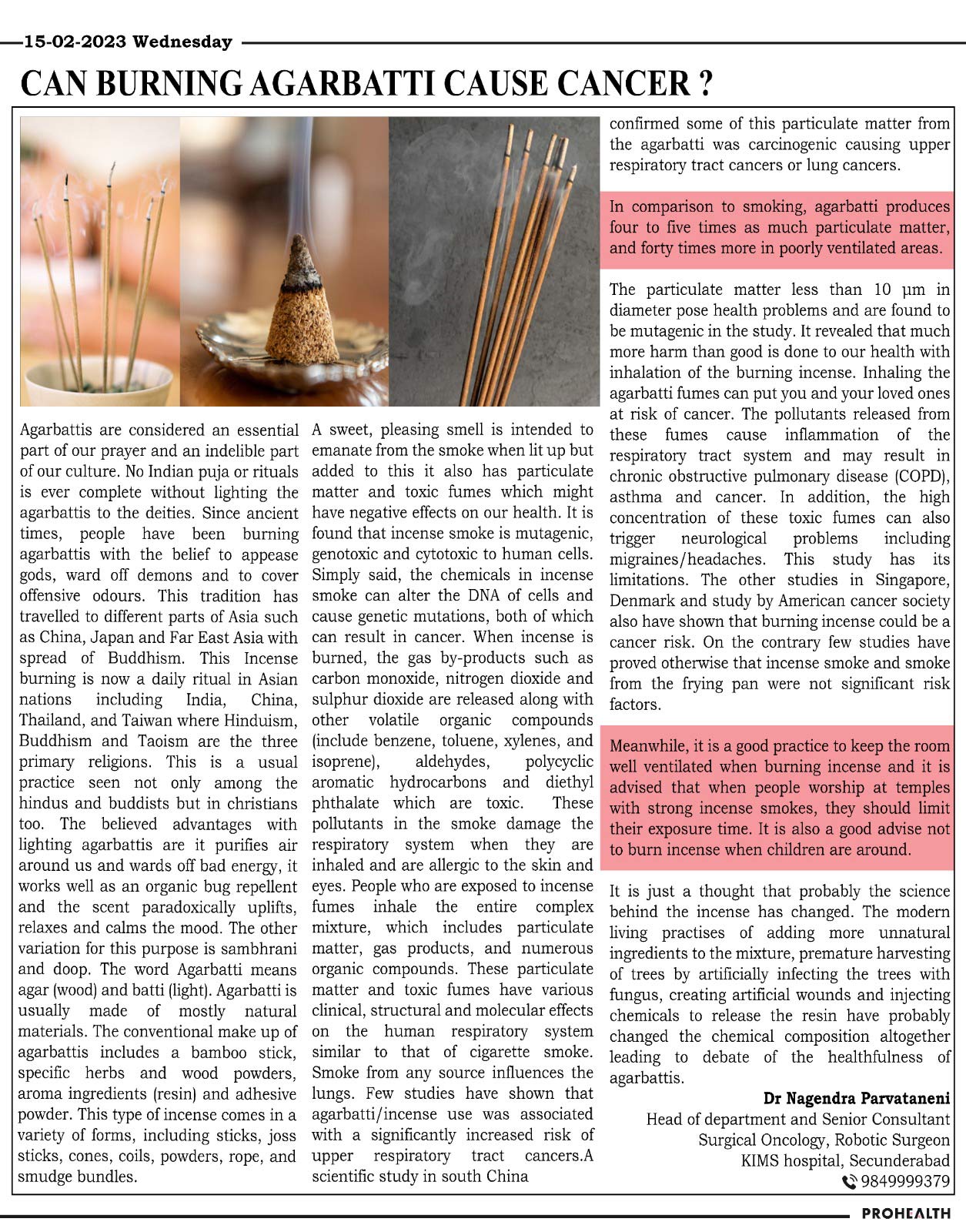Agarbattis are considered an essential part of our prayer and an indelible part of our culture. No Indian puja or rituals is ever complete without lighting the agarbattis to the deities. Since ancient times, people have been burning agarbattis with the belief to appease gods, ward off demons and to cover offensive odours. This tradition has travelled to different parts of Asia such as China, Japan and Far East Asia with the spread of Buddhism. This agarbatti burning is now a daily ritual in Asian nations including India, China, Thailand, and Taiwan where Hinduism, Buddhism and Taoism are the three primary religions. This is a usual practice seen not only among the hindus and buddhists but in christians too. The believed advantages with lighting agarbattis are it purifies air around us and wards off bad energy, it works well as an organic bug repellent and the scent paradoxically uplifts, relaxes and calms the mood. The other variation for this purpose is sambhrani and doop. The word Agarbatti means agar (wood) and batti (light). Agarbatti is usually made of mostly natural materials. The conventional make up of agarbattis includes a bamboo stick, specific herbs and wood powders, aroma ingredients (resin) and adhesive powder. This type of agarbatti comes in a variety of forms, including sticks, joss sticks, cones, coils, powders, rope, and smudge bundles.
A sweet, pleasing smell is intended to emanate from the smoke when lit up but added to this it also has particulate matter and toxic fumes which might have negative effects on our health. It is found that agarbatti smoke is mutagenic, genotoxic and cytotoxic to human cells. Simply said, the chemicals in agarbatti smoke can alter the DNA of cells and cause genetic mutations, both of which can result in cancer. When agarbatti is burned, the gas by-products such as carbon monoxide, nitrogen dioxide and sulphur dioxide are released along with other volatile organic compounds (include benzene, toluene, xylenes, and isoprene), aldehydes, polycyclic aromatic hydrocarbons and diethyl phthalate which are toxic. These pollutants in the smoke damage the respiratory system when they are inhaled and are allergic to the skin and eyes. People who are exposed to agarbatti fumes inhale the entire complex mixture, which includes particulate matter, gas products, and numerous organic compounds. These particulate matter and toxic fumes have various clinical, structural and molecular effects on the human respiratory system similar to that of cigarette smoke. Smoke from any source influences the lungs. Few studies have shown that agarbatti/incense use was associated with a significantly increased risk of upper respiratory tract cancers.A scientific study in south China confirmed some of this particulate matter from the agarbatti was carcinogenic causing upper respiratory tract cancers or lung cancers.
In comparison to smoking, agarbatti produces four to five times as much particulate matter, and forty times more in poorly ventilated areas.
The particulate matter less than 10 μm in diameter pose health problems and are found to be mutagenic in the study. It revealed that much more harm than good is done to our health with inhalation of the burning agarbatti. Inhaling the agarbatti fumes can put you and your loved ones at risk of cancer. The pollutants released from these fumes cause inflammation of the respiratory tract system and may result in chronic obstructive pulmonary disease (COPD), asthma and cancer. In addition, the high concentration of these toxic fumes can also trigger neurological problems including migraines/headaches. This study has its limitations. The other studies in Singapore, Denmark and study by American cancer society also have shown that burning agarbatti could be a cancer risk. On the contrary few studies have proved otherwise that agarbatti smoke and smoke from the frying pan were not significant risk factors.
Meanwhile, it is a good practice to keep the room well ventilated when burning agarbatti and it is advised that when people worship at temples with strong agarbatti smokes, they should limit their exposure time. It is also a good advise not to burn agarbatti when children are around.
It is just a thought that probably the science behind the agarbatti has changed. The modern living practises of adding more unnatural ingredients to the mixture, premature harvesting of trees by artificially infecting the trees with fungus, creating artificial wounds and injecting chemicals to release the resin have probably changed the chemical composition altogether leading to debate of the healthfulness of agarbattis.





